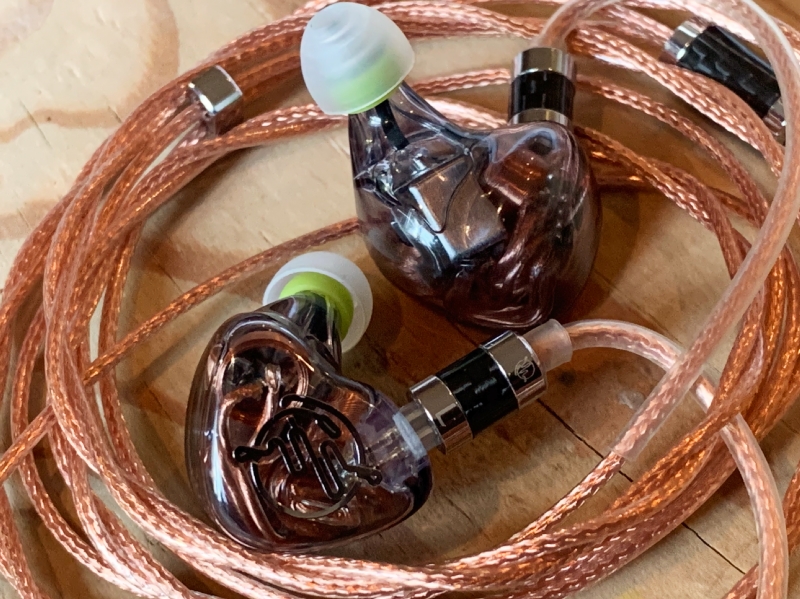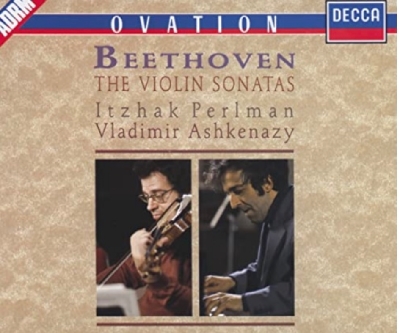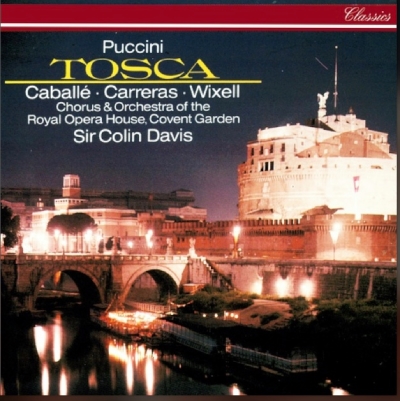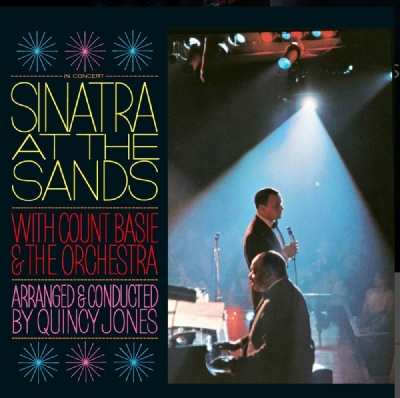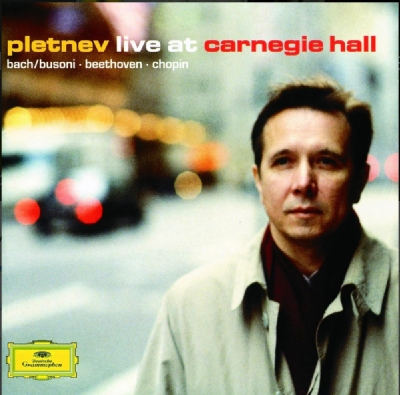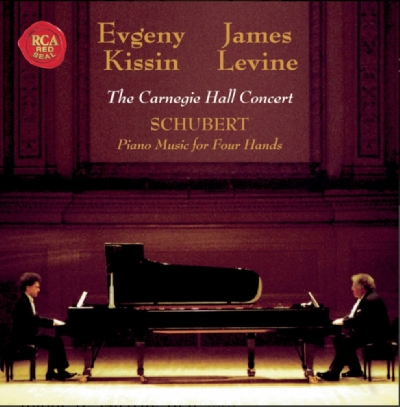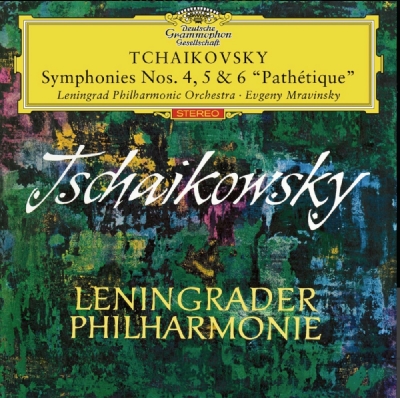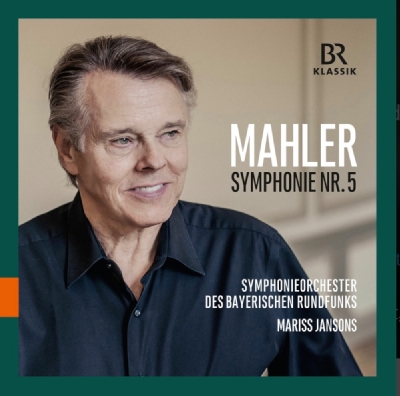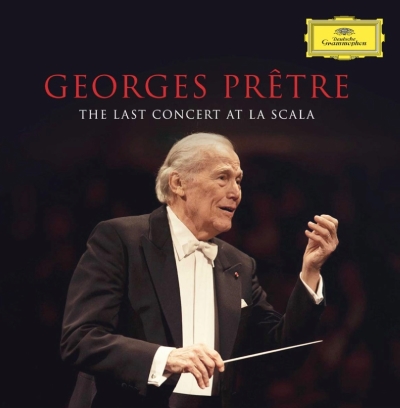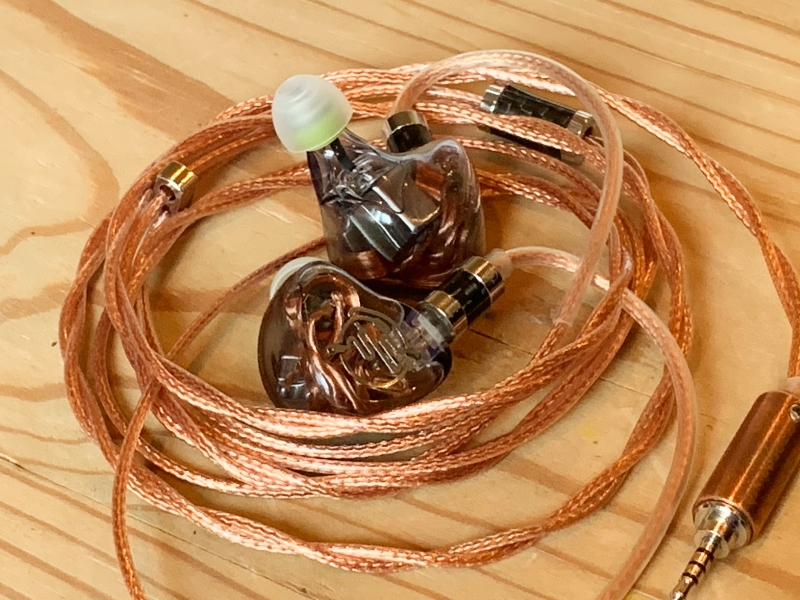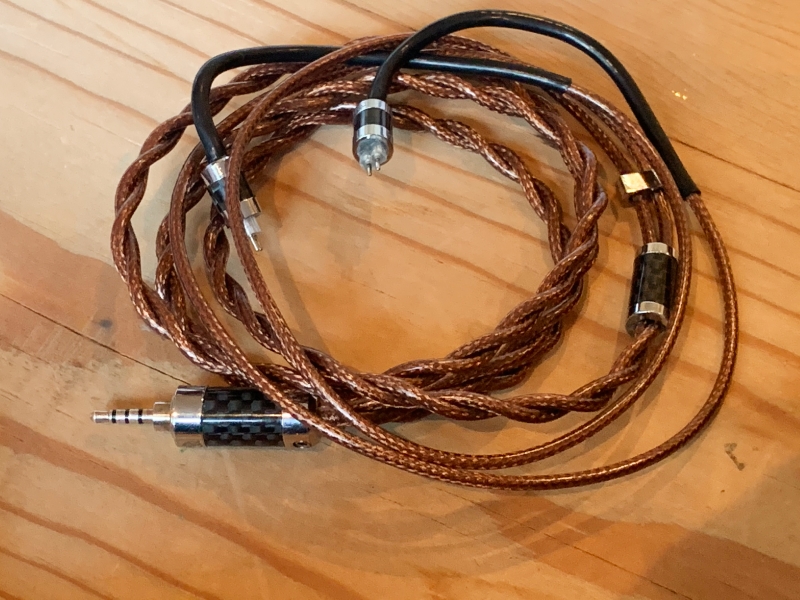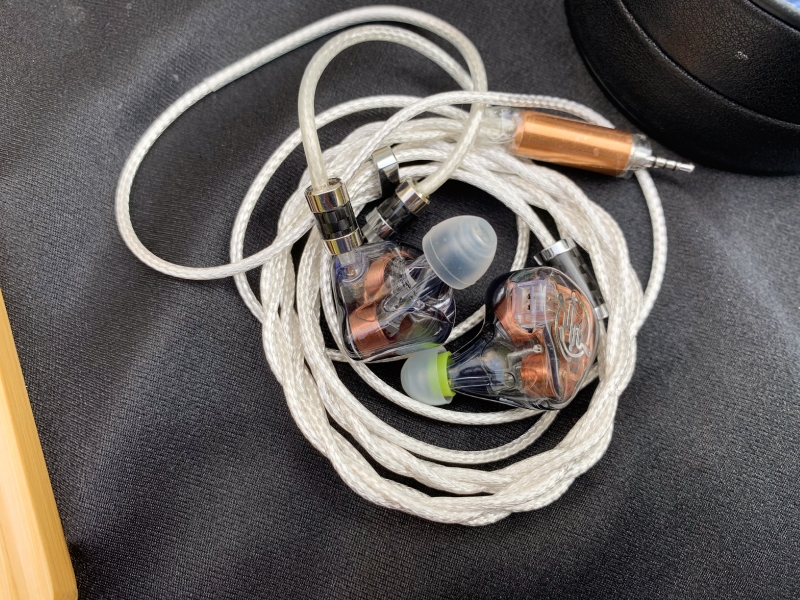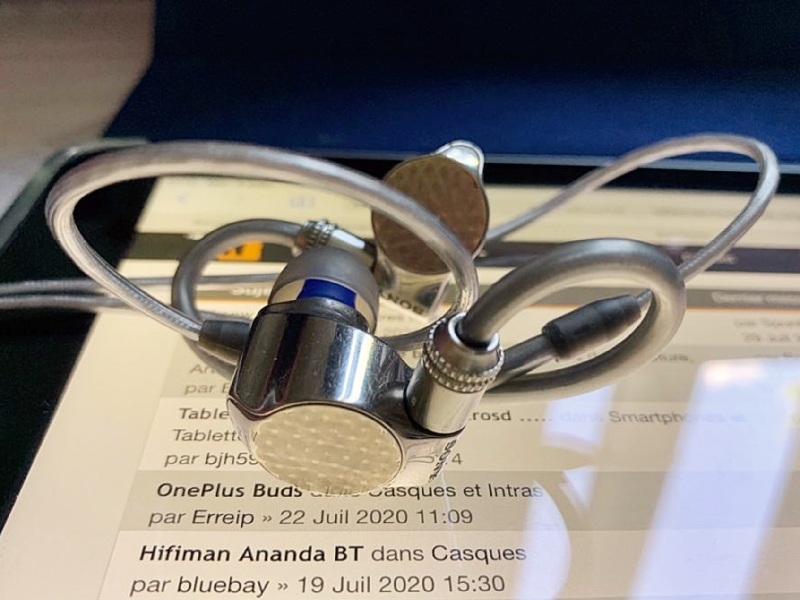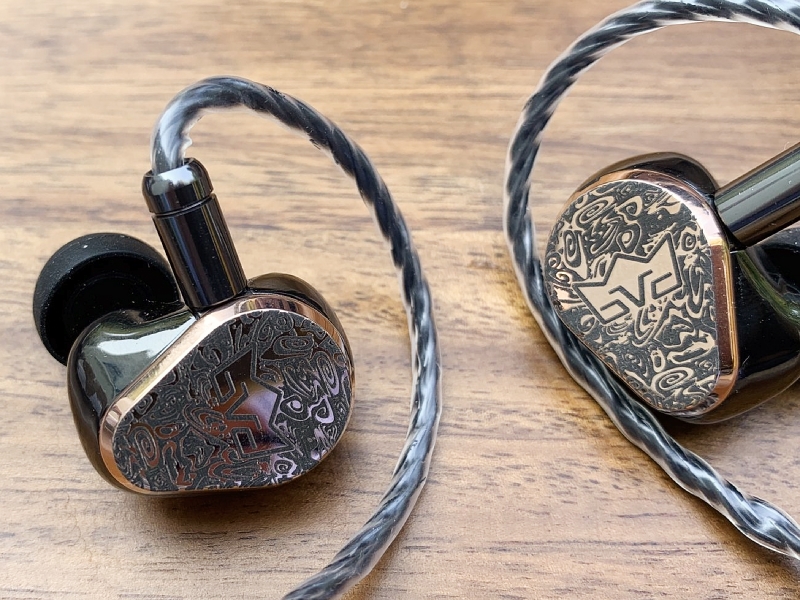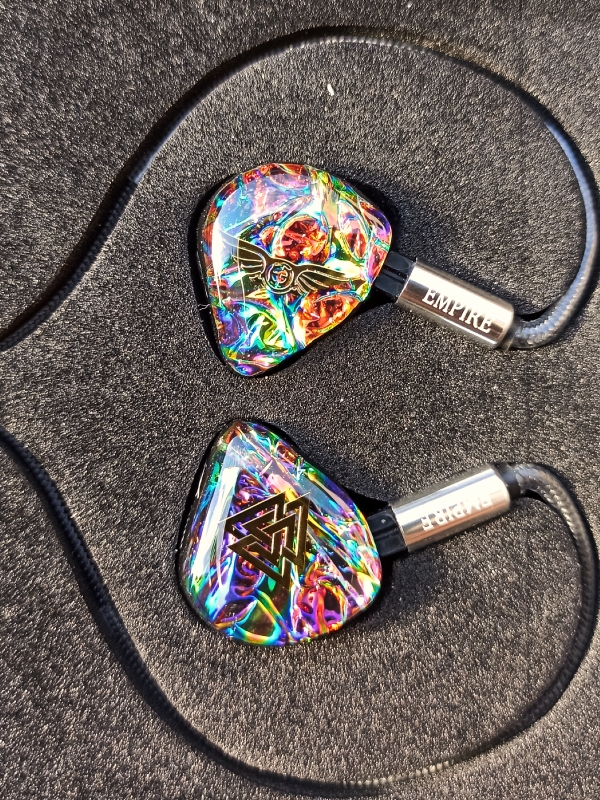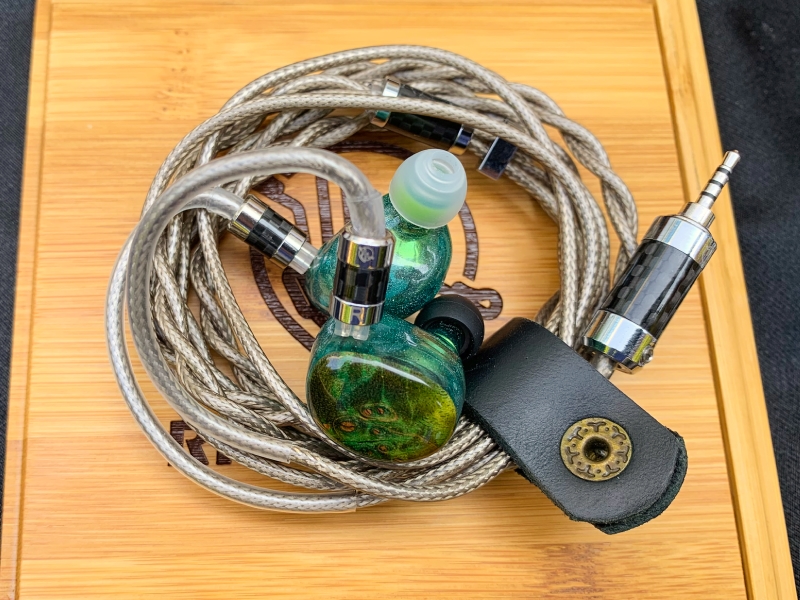Today, Popof94 invite us to dive into the discovery of new inears coming straight from Hong-Kong, the Rhapsodio Infinity Mk2. This innovative and incredibly looking one seems to have hit his sweet spot !
During the summer, for some reason, I decided to get back into the in-ear world after I had stopped being interested in it for quite a while.
Mid september at a Tellement Nomade meeting, I discovered and tried the Rhapsodio Inifinity Mk2.
Rhapsodio is a small Hong-Kong based company specialized in in-ear earphones and cable production. It relies on one guy’s expertise well known from the insiders : Sammy.
Technical Features :
The transducer configuration is quite unusual and so is their implementation.
– Universal or Custom in-ear with 6 Balanced Armatures -> 1 for high treble, 1 for medium and treble, 2 for bass and 2 that play across the entire spectrum
– Sensitivity (100Hz) – 109 dB/mW
– Impedance (100Hz) – 12.5 Ω
– Connectors and Cable : 2 pins 0,78, 1. 2 m (detachable) copper, 2.5 mm mini-jack plug
– Exclusive and unique technology with double copper C.T.T. coils.
– Homemade internal wiring OCC Copper 6N
– Website : https://www.rhapsodiostore.com/products/rhapsodio-infinity-mk2
Built and Appearance :
The shells are made of semi-transparent resin, revealing the transducers and wiring perfectly arranged. The designer obviously likes to see a job well done and has an eye for detail.
The result is successful and very far from certain pairs where the visible wiring would be better hidden. The body of the in-ear is large, nothing like 64 Audio U12t for example, and you have to look at the Solaris or the first edition Flamenco to have an idea of the size.
The cannula is large in diameter, but with an anatomical placement.
The box is made of wood, classic with a leather case provided for transport.
Last but not least, the copper winding on the inside looks stunning.
[nextpage title= »Listening Sessions »]
Test equipment
I used a Hugo2Go to perform my tests. It is certainly not the most nomadic thing but I recognize in this DAC/AMP qualities of neutrality, tonal balance, dynamics and realism that I have not found on the best dap to date, with the exception of the DX220 Max from Ibasso. The Hugo2 is equipped with one of the best DACs on the market that stands up to the best in sedentary rig.
Feedback is made with the Evolution Copper cable and the perfect fit / seal has been achieved using Spiral Dots.
Playlist
Rather than talking to you about about treble, mids and bass, I want to share some feelings I had listening to various music with these earphones.
Franz Liszt: a campanella studies, Minoru Nojima
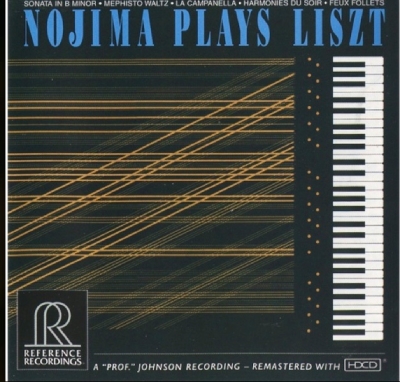
This piece gives the beautiful part to the right hand. Until today only 2 helmets, the Utopia and the Stax 009, managed to reproduce the right hand of this study as I imagine it.
The firmness of the hammer’s attack on the strings, the lack of brightness or hardness, the full and crystalline aspect of each note, and above all a unique trimming allowing lightning attacks followed by deafening silences make this the most accomplished recording I know of these studies. Well I find with the Infinity Mk2 an identical and maybe even better reproduction than on these two headphones, the same pleasure, the same feeling that the piano is standing here, just in front, and that the notes fly away very high in the studio.
Ludwig van Beethoven : the Violin Sonatas, Perlman Ashkenasy
One of the summits of this sonata discography which counts dozens of interpretations, two of which stand out for me : Kempf Menuhin and this one.
A flamboyant interpretation with a rare complicity, the slightest subtleties, the micro details, the silences or extreme fortissimo, the changes of rhythm, the technical difficulties, nothing escapes these in-ears who walk throughout these 5 CDs with an agility and an ease that makes you smile.
Giacomo Puccini, Tosca, Collin Davis, Montserrat Caballé ( Tosca) José Carreras (Mario Cavaradossi), Orchestra of the Royal Opera House, Covent Garden
Exciting and passionate recording of this Tosca made in 1976.
One is here close to a listening with headphones in the spreading of the sound plans as well in width as in depth. One is also close to a listening with headphones in the tones restitution and the voice grain of the 2 main protagonists, in the fulgurance of the ascents (open air of Tosca), in the way orchestra and singers or singers between them interact. One is quickly overwhelmed by the beauty of the rendering of this recording with a strength, power, precision and determination never before heard on this type of transducer.
Sinatra at the Sands, Count Basie orchestra
This is not an exceptional recording because of its audio qualities but rather because of the symbiosis between this great crooner and Count Basie’s orchestra, on arrangements by Quincy Jones who also leads the band.
It’s hard not to stamp your feet on « Ive got you under my skin ». Once again both energy and dynamics are explosive. For those who have had the chance to hear Count Basie in concert, you can hear this swing with restraint, these explosive brass instruments that make you stamp your feet. We picture the musicians standing up one by one and then sitting down again, Basie’s brilliant eye playing small keys with his piano, and Sinatra playing with the orchestra. All this is perfectly reproduced, without any kind of aggressiveness, without difficulty and with great musicality.
Mikael Pletnev, live at Carnegie Hall
Dazzling concert of this major pianist from the Russian school.
Busoni’s transcription of the Chaconne from J.S.Bach’s violin partita BWV 1004 is a real jewel. Listening on the Infinity Mk2 is unique. Not the slightest noise in the room as the audience is captivated by this masterpiece. The piano sounds perfectly accurate, bewitching, hypnotic, powerful. I stayed with my eyes open watching Platnev perform this mythical 15 minutes Chaconne that I am more often used to hearing under Milstein’s bow.
Schubert, Piano music for four hands, Evgeny Kissin, James Levin , The Carnagie Hall Concert
The Infinity are truly at home on live recordings, whether it’s classical, jazz or variety. You have to listen to this recording to see for yourself.
Everything is absolutely noticeable, the atmosphere of the room, the beauty of the 2 pianos, Evgeny Kissin’s playing and the applause are absolutely realistic. You can really hear them from behind the scenes of the great philharmonic hall, a privileged place for piano recitals. The most surprising thing on the piano is the restitution of the right hand : where the Stax 009 becomes slightly shiny and too transparent, or the Empyrean is not fast enough and the D800 too dull, the Mk2 pass as if nothing had happened. Crystal in a velvet glove. You can perceive the full and dense note and its crystalline halo : I had never before perceived this semblance of realism on in-ears or headphones.
Simon et Garfunkel, The Concert in Central Park
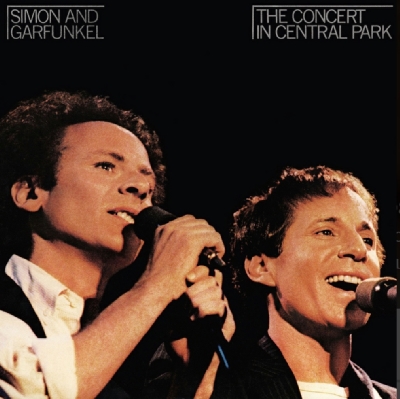
Not much to say and even less to criticize. The sound stage is wide and deep, worthy of the best pairs of in-ears or headphones on the market. A smile appears when the two companions sing Mrs Robinson, the same blissful smile you can get in a concert hall when you see and hear your idols. You close your eyes and they are there, in front of you, rolling out their standards and it goes by much too quickly as the attention is captivated by what your ears hear.
Concerto or symphonic music
Still the same energy and accuracy.
On this type of music that requires turning up the volume to better perceive the different sound masses, the Infinity are asking for more, but up to a certain point. Beyond that we will perceive some troubles to hold the steering wheel well, which does not appear at similar levels on headphones like the D8000 or the Empyrean. On the other hand, this phenomenon is common to all the in-ears that I know, minus Lcdi4, and often appears for lower levels.
I could go on like this for ever but you’ll have understood that on the musical styles that I listen to, it appeared to me that these in-ear are a clear step up that I did not expect from this type of transducer.
[nextpage title= »Cables and Comparisons »]
Cable swapping :
Stock cable
Absolutely excellent. The only reproach compared to the Evolution Cooper : a less precise scene in width and depth and a slight loss of substance especially on the voices.
Evolution Copper
It is the one that seems the most suitable and with which all my tests were carried out. The sound scene is a little better than with the stock in all levels, the voices are a little fuller and the sound material on instruments such as the double bass, timpani or cello is a little richer. Of course it’s not day and night there, it plays on the margins, but the benefit is there.
Evolution Silver 2 and 4 strands
Evolution Silver 2 starnds
I find that it loses its original magic. They attenuate the bass and highline mids and highs, to become sometimes slightly hard, too chiseled and too sharp with a loss in richness tones on piano or string instruments.
Evolution SPC
The result is somewhere between the stock cable and the Evolution Silver 2-strand. Not my favorite combination. (See photo below of the Supreme)
Comparisons :
In-ears owned at the time
Sony IER Z1R
Here is an excellent pair of in-ear with certainly the most beautiful bass I’ve ever heard on this type of transducer. Very difficult to do better and the Infinity Mk2 is no exception. They offer a different kind of bass, more agile, more punchy but less ample and deep. On the other hand, it is on the high midrange that they will clearly distance themselves from the Sony’s, always thanks to this energy, this dynamic, this definition and this tonal variation. On the whole, the Mk2 are more coherent, even more musical than the Sony and more realistic.
QDC Anole VX
We have two radically different pairs : one, the Anole, all smooth and which moves forward in smooth steps to charm the listener, the other, the Infinity, all energy and dynamics, extremely versatile and which deploys tonal qualities, transparency and great attention to detail to achieve this goal.
In-Ears heared at the same meeting I discovered the Infinity Mk2.
Erlkönig Noir
Excellent ones. The fit is perfect like the Infinity. I tried the Erlkönig in position 2, they made me think of a Rolls Royce driving in a solemn gait : everything is very nice, well stamped, with a superb image. In short the zero flaws in-ears. I listened to them on quite a few of my recordings and the reproaches one could make in regard of the Mk2s are : a lack of commitment, energy and speed making the music flatter and less engaging, less energetic but also less transparent.
Fourté noir
Also very nice, with a beautiful sound image in all the plans and very nice tones. The treble problem has been solved compared to the classic Fourté which is a real plus. As a weak point : a certain float on the voices which lack a little bit of trimming and precision. As for the Erlkönig, a lack of commitment, acceleration and speed compared to the Infinity.
Empire Ears Odin
Compared to the Infinity, I found we have a much more frontal restitution and a smaller sound stage in all shots. The music is just infront of you while the Mk2’s leave a small distance to the listener. The bass is powerful and imposing but less precise and dynamic than on the Rhapsodio. There are some peaks of harshness, of agressivity on some instruments such as piano, guitar or voices, giving in comparison with the Mk2 a less natural, less precise and less realistic note.
64 Audio N8 démo
Nice one, offering a softer and more relaxing listening experience than the Odin. Compared to the Infinity, we’re really one step below : everything is less precise, less dynamic, less credible. The attack of the piano notes, the bow on the violin strings or the fingers on the guitar strings, you lose energy, speed, relief and realism.
In-Ears heared at the same meeting I discovered the Infinity Mk2, and heared again once after
Rhapsodio Supreme + Evolution Silver 2 strands
Supreme with Evolution SPC
I don’t find with this pair the magic of the Infinity with copper cable. It’s more midcentric, higher up, perched with an excess of definition and micro-details, especially on the strings that quickly make them metallic and hard to the ear. Moreover, this pair requires more power than the previous ones and does not seem to be powered in good conditions by a majority of DAP.
[nextpage title= »Final Words »]
It’s not easy to go back to in-ears when you’ve fallen for the best headphones of the moment.
To the question : can in-ears reproduce the same mass sound as that audible through headphones ? my answer is clearly no.
To the question : can in-ears give me the same pleasure as listening to headphones ? Infinity made me change my mind, and the answer is yes.
The first thing that strikes us when listening to the Infinity Mk2 is the combination of the transparency of the best open headphones with an energy that is out of nowhere. It’s unlike anything else in the in-ear market, and you have to look to the good open headphones to find such mastery and ease in reproducing the complexity of a musical message.
The second is this impression of fullness of sound at low regimes associated with dynamics that provide absolutely unique accelerations, with instantaneous transitions from shadow to light, from pianissimo to fortissimo, from murmur to storm without difficulty and without any glass ceiling. You can compete with a Utopia or a Stax in this field.
The third is the quality of the silences between each note, the beauty of the extinction of these, especially on the piano or the violin, which gives a remarkable relief to the recordings as one rarely hears on this type of transducer.
The fourth one is the chameleon side of these in-ears which give the feeling of playing differently each recording, and offers on each of them to discover a different palette of tones from the previous recording. One can also compete with a Utopia or an Empyrean on this point.
All in all, Infinity gives a very lively and realistic listening experience whether it is a piano recital or a symphony, which is rare for in-ears. This being said, combining Infinity Mk2 and the Evolution Cooper cable we are in the price range of a very good headset, or even above. The choice will therefore be made on the habits of each one, but whatever happens, the listening pleasure will be of great intensity.
Original feedback in french : http://www.tellementnomade.org/rhapsodio-infinity-mk2-le-new-deal-venu-de-hong-kong/
Tellement Nomade Forum : http://www.tellementnomade.org/forum/index.php

